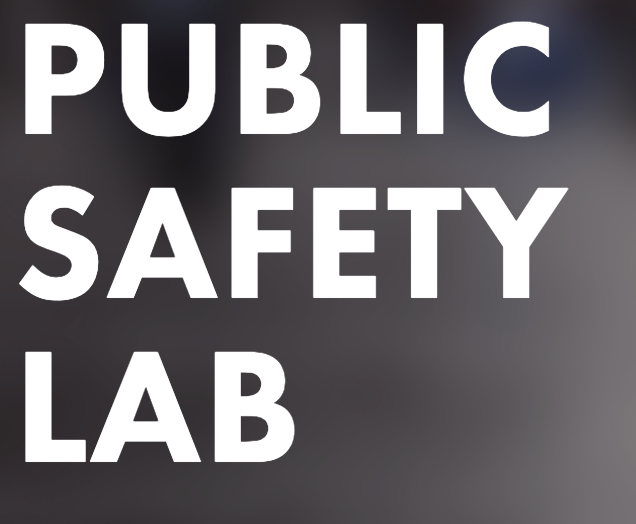Jail Data initiative
The problem of overincarceration has received considerable attention of late. The focus of this attention, however, has largely been on state and federal prison systems. Often overlooked are local jails. In any given year, county jails will see approximately 11 million new admissions, often because defendants lack the funds to post bail, or even because they lack the funds to pay their fines. Yet we know little about county jail practices, including which counties are systematically jailing defendants pre-trial and/or post-fine, and about the consequences of these practices.
It is possible that longer periods of pre-trial detention, or detainees’ delayed access to counsel, actually increase recidivism, and/or escalate petty offending into more serious offending. Through the generous support of multiple funders, our data science team is scraping daily county jail rosters in over 1,300 counties. Using these data we will be able both to identify counties that are systematically jailing defendants pre-trial and/or post-fine, and to estimate the impacts of these practices on recidivism.
We began collecting daily detainee-level data in September 2019. As we scrape a jail roster, we simultaneously extract multiple structured data fields, which generally include name, date of birth, gender, race/ethnicity, booking charges, bond/bail status, booking date, and release date. We predict charge classes using text fields for booking charges with the help of CJARS at the University of Michigan. We are also able to identify if and when released detainees are rebooked into the same jail.
Our dashboard allows users to visualize daily facility-level data, as well as to request permission to access a restricted database containing daily individual-level data.
The Jail Data Initiative provides daily individual-level data to The Bail Project, and daily facility-level data for approximately 800 jails to the Vera Institute of Justice’s jail population project.
In a recent report commissioned by the Council on Criminal Justice for the National Commission on COVID-19 and Criminal Justice, we analyzed over 14 million daily records on individuals detained between January and July 2020. We found that jail populations began to decrease immediately after the issuance of the White House Coronavirus Guidelines on March 16, reaching a 31% average decrease by May 2. These large decreases in jail populations were achieved both through reductions in admissions, and through releases that exceeded admissions. As jail populations dropped, there were increases in the proportions of detainees who had been booked on felony charges, who were male, who were 25 or younger, and who were Black. These changes in the composition of jail populations persisted even as jail populations began to rise after May 2. We also found that those released from jail just after March 16 were 34% more likely to have been booked on felony charges, and had been detained for 71% longer, relative to those released just prior to March 16. Despite these changes in the composition of those released, there were no differences in 30-, 60-, or 90-day rebooking rates for those released just after March 16, compared to those released just prior. More generally, rebooking rates for jailed individuals released after March 16 remained below pre-pandemic rebooking rates through July. This was true for those booked on felony charges as well as those booked on misdemeanors. Between May 2 and July 20, jail populations rose again, by 12% on average, despite steep increases in new COVID-19 cases in local communities.
In a December 2020 Impact Report Update for the National Commission on COVID-19 and Criminal Justice, we analyzed approximately 19 million individual-level daily jail records collected between January and late October 2020. We found that jail populations have recovered on average 50% of the decreases seen in the early pandemic. Counties that saw higher COVID-19 case growth between March and October 2020 did not see larger jail population decreases. Bookings on misdemeanor and failure to appear charges have decreased, relative to pre-pandemic levels. Although daily bookings remain below pre-pandemic rates, those booked into jail during the pandemic are being detained for approximately twice as long as those booked into jail prior to the pandemic’s onset. To date, 30-, 60-, 90-, and 180-day rebooking rates among those released during the pandemic have remained 13% - 33% below pre-pandemic rebooking rates. To the extent that rebooking rates measure the average public safety risk of releasing individuals from jail, this risk remains lower now than prior to the pandemic. Finally, we found that, while the proportion of Black individuals among daily jail bookings did not change appreciably during the pandemic, the proportion of Black detainees among those released from jails during the pandemic decreased by approximately 5% relative to the pre-pandemic period. As a result, the proportion of jail populations composed of Black individuals rose during the pandemic. All data used in the report is available here.
A New York Times graphics editorial using the Jail Data Initiative data may be found here.
In the first research paper to use the Jail Data Initiative data, we leverage the Jail Data Initiative’s daily individual-level jail records and exploit the timing of incarceration to estimate the causal effects of jail incarceration on voting from jail in 2020. We find that registered voters booked into county jails for the full duration of 2020 voting days were on average 46% less likely to vote in 2020, relative to registered voters booked into the same jails within 7 — 42 days after Election Day. The estimated negative effect of incarceration on voting from jail was much larger for Black registered voters, who were 78% less likely to vote in 2020 if booked into county jails for the full duration of 2020 voting days, relative to Black registered voters booked into the same jails just after Election Day. Placebo tests indicate no effects of 2020 jail incarceration on the 2012 or 2016 turnout of registered voters. We find inconsistent effects of jail incarceration on voter registration in 2020, and effect sizes of comparable magnitude for turnout unconditional on registration status. Our findings reveal the pressing need to enable voting-eligible incarcerated individuals to exercise their constitutional right to vote, and to address troubling racial disparities in the effect of jail incarceration on the exercise of the right to vote.
The Jail Data Initiative is a founding project of Arnold Ventures’ National Partnership for Pretrial Justice, and has also received support from the Chan Zuckerberg Initiative, the Pew Charitable Trusts, the Center for Data Science at New York University, and the Proteus Fund.





